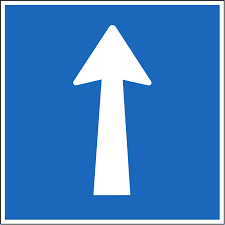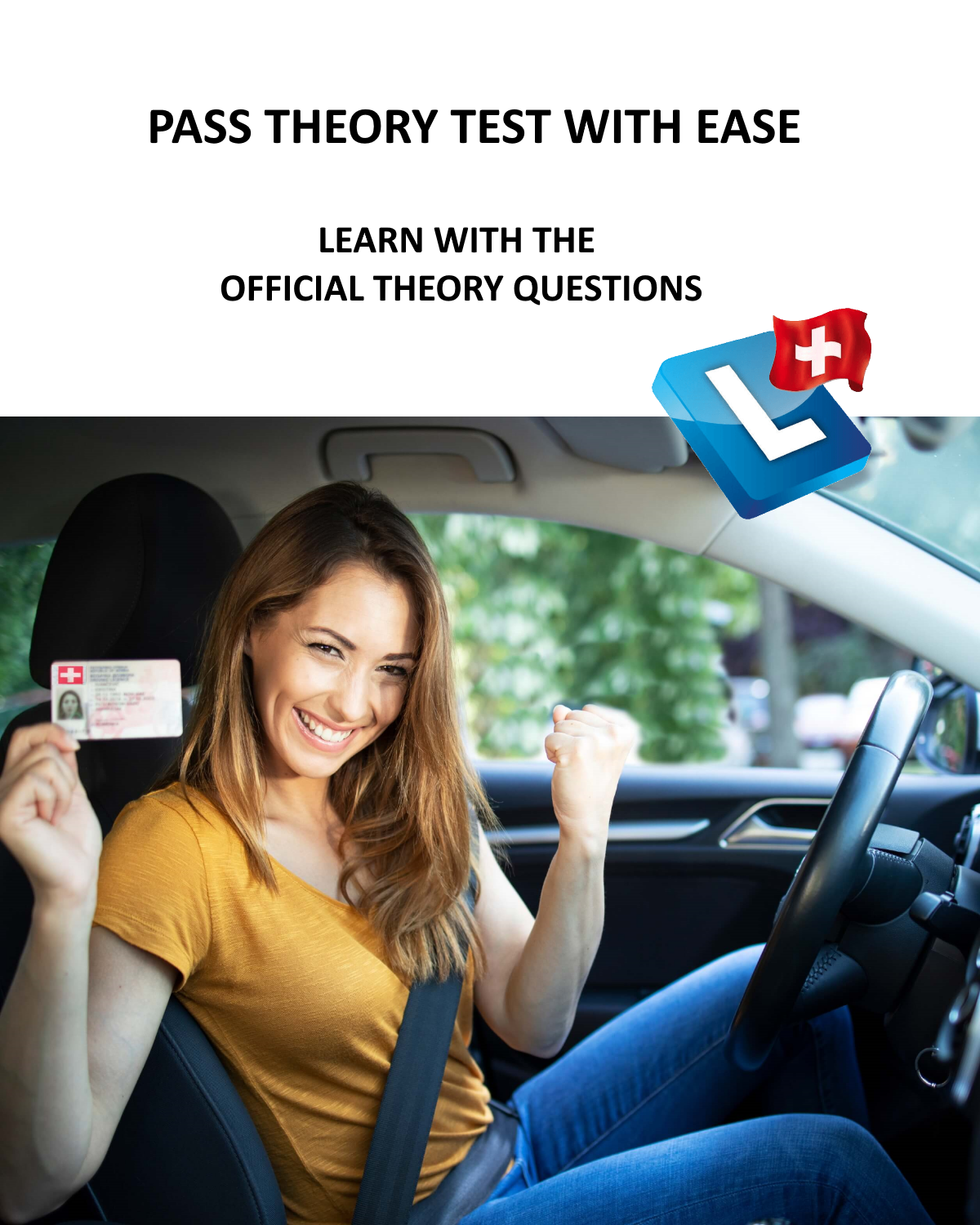One-way street

One-way streets are equal to the right half of a road open to traffic in both directions.
Reversing in one-way streets
Drivers are not permitted to reverse on one-way streets, except when parking, coupling trailers, etc.
Traffic island in one-way streets
Drivers may pass traffic islands and obstacles as well as a moving tram on the right or left.
Stopping / parking on the left-hand side of one-way streets
Stopping and parking on the left-hand side of the road is permitted in one-way streets.
Lane change in one-way streets
When turning left on one-way streets, the lane must be moved to the left-hand side of the road except when limited two-way traffic is permitted.
One-way street with limited two-way traffic
The signal “One-way street with limited two-way traffic” indicates a one-way street on which two-way traffic is permitted; the type of two-way traffic is indicated by the relevant symbol or by appropriate lettering (e.g. “One-way street with two-way traffic of cyclists”).
At the end of the one-way street
The two-way traffic signal warns of oncoming vehicles. It is located at the end of one-way streets as soon as a section with oncoming traffic follows.



